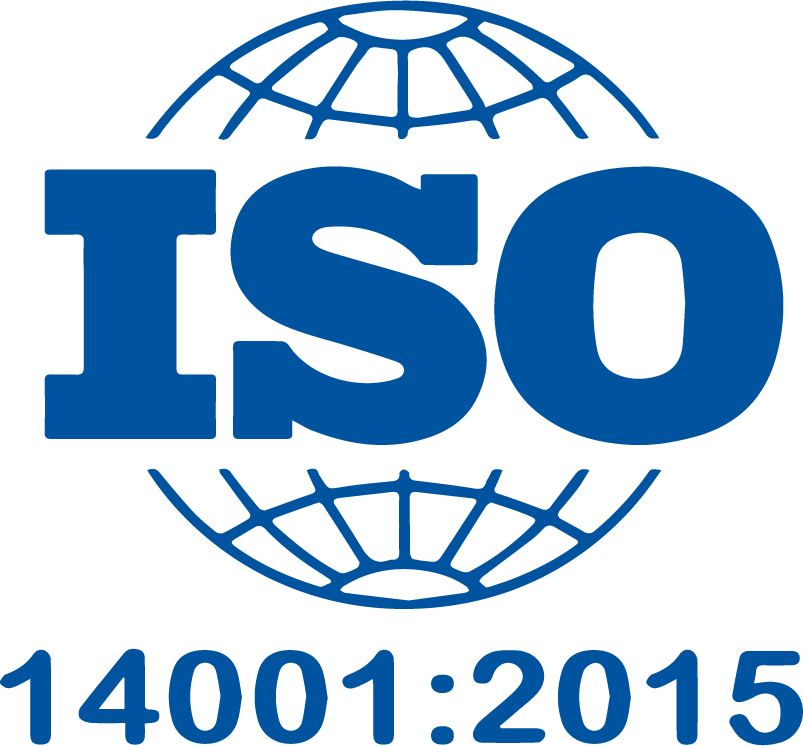Stormwater management and related issues.
Rainfall is an essential natural phenomenon for the balance of the Earth’s ecosystem, but in urban settings it can create several problems. Increasing urbanization, with increased impervious surfaces and reduced green areas, has exacerbated the negative impact of rainfall, making the need for wise and responsible stormwater management even more urgent. Without appropriate action, cities are likely to face frequent flooding, infrastructure damage and serious environmental problems. Rainfall, however, while vital, can lead to several challenges, especially in densely populated areas. Here is the list of issues to which excessive urban rainfall power exposes:
-
Urban flooding: heavy rainfall overloads urban drainage systems, causing flooding that damages infrastructure and property, negatively impacting daily life;
-
Soil erosion: surface runoff can erode soil, reducing soil stability and causing landslides;
-
Water pollution: stormwater runoff can pick up contaminants, carrying them into waterways and oceans, deteriorating water quality overall.
Strategies for stormwater management, the LEED Protocol and Rainwater Management as a strategy to protect the oceans.
Effective and sustainable stormwater management solutions are essential to mitigate these issues:
-
drainage systems: the design of drainage systems sized to handle intense rainfall events and to prevent flooding and inundation;
-
Rainwater disposal networks: the implementation of dedicated networks that collect and convey rainwater, reducing the load on drainage systems and preventing flooding;
-
Green roofs and permeable pavements: their use helps reduce surface runoff, promoting water infiltration into the ground;
-
rainwater reservoirs: rainwater harvesting for non-potable uses helps reduce demand on traditional water resources;
-
environmental education: raising public awareness of the importance of sustainable water management and the responsible use of water resources can help mitigate rainfall-related problems.
The LEED (Leadership in Energy and Environmental Design) protocol promotes the adoption of stormwater management strategies in order to reduce the environmental impact of buildings.
In our projects, we implement solutions such as draining pavements and rainwater harvesting systems (GI and LID, Green Infrastructure and Low Impact Development), which help restore the natural water cycle and prevent urban rainfall issues.
Modern urban development alters natural hydrological systems by increasing the volume, temperature, and duration of stormwater runoff, causing significant ecological damage that can extend to the oceans.
Our green infrastructure design and construction and low-impact development strategies aim to emulate the site’s natural hydrology by reducing runoff volume and improving water quality.
This approach allows water to be returned to the natural cycle, preventing overloading of water infrastructure and protecting aquatic ecosystems.
Stormwater Management as a Shared Goal.
Stormwater management requires an integrated approach involving urban planners, engineers, local authorities, and communities.
By adopting sustainable solutions, we can effectively address rainfall challenges and ensure responsible use of water resources while protecting urban and marine ecosystems.
Thus, environmental education plays a crucial role in raising public awareness of the importance of responsible water resource management, restoration of the natural hydrological cycle, and protection of aquatic environments.










